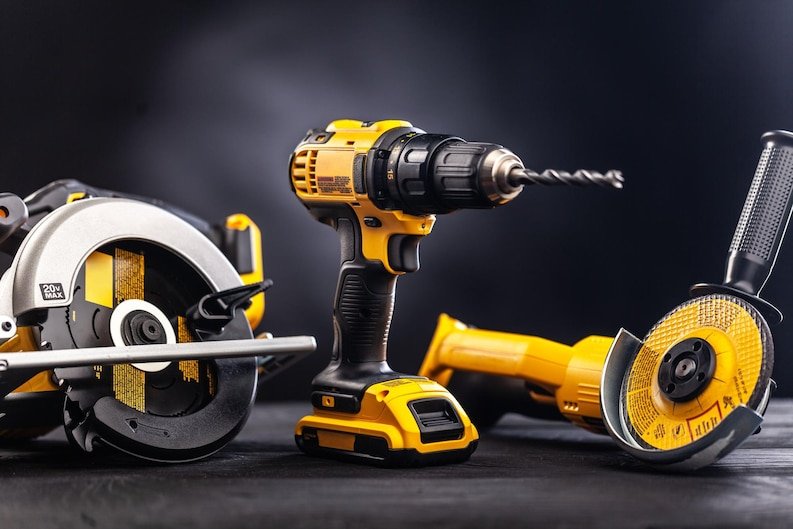Whether you are using a pneumatic nail gun, a jackhammer or any other pneumatic tool, the compressed air that powers the tools is a by-product of pressure, volume and temperature. The relationship between these forces and how they can be harnessed to create powerful tools has its roots in scientific discoveries that are hundreds of years old.
When you are on an industrial site, the last thing you have running through your mind is the scientific foundation upon which your tools were developed and which makes your job so much easier, but it is worth understanding how the science, coupled with human ingenuity, helped bring pneumatic tools to life.
What is Compressed Air?
According to Wikipedia: Compressed air is air kept under a pressure that is greater than atmospheric pressure. Compressed air is an important medium for the transfer of energy in industrial processes and is used for power tools such as air hammers, drills, wrenches, and others, as well as to atomize paint, operate air cylinders for automation, and can also be used to propel vehicles. Brakes applied by compressed air made large railway trains safer and more efficient to operate.
According to Shaun from Principal Power Tools “Compressed air is what powers the tools, the brakes and the processes that make modern living so comfortable. But how does air get to be compressed in the first place?”
Understanding the Relationships Between Pressure, Volume and Temperature
For the air that is naturally available in the atmosphere to become usable for a purpose other than breathing, it must be compressed. As the number of air molecules naturally spread apart and take up more volume, scientists first had to understand how the pressure of a gas (air) was dependent upon the volume it occupied and the temperature of said gas. There are two laws that illuminate this.
What is Boyle’s Law
Boyle’s Law, which was initially developed as an ideal gas law, states that the pressure of air increases if it is forced into a smaller space. Otherwise put, pressure multiplied by volume equals a constant (PV=k) and if air volume is decreased (like when you use your pneumatic tools), pressure must be increased to reach the same constant.
What is Charles’ Law
Charles’ Law, which was developed by Joseph Louis Gay Lussac, (V/T=k) states that the volume of a gas divided by the temperature will give you your pressure, which is the constant. Using this law, if you increase the temperature, the volume will inevitably increase to give you a constant pressure. Ever notice how a compressor sometimes will have frost on it when it is in use? This is a physical representation of Charles’ Law.Both of these laws are combined to understand the compression of air.
Compressed air is a gas at a constant temperature when it is in a compressor. When you increase the pressure of a gas, the relationship between the pressure and the volume the air occupies changes. When air is compressed in this way, the temperature and pressure increase and the volume of the space decreases as more air molecules are pressurized into the compressor, which has a smaller volume than where the air was previously: outside.
Using these tools releases the volume of air through a point at the end of a gun or another tool and as the temperature and volume change, pressure is increased to maintain a desired constant of air pressure.
How Does Pressure, Volume and Temperature Relate to Industrial Pneumatic Tools?
The science behind the relationship between pressure and volumes is important for a number of reasons. High temperatures make it difficult for pneumatic tools to work properly. Also, if you are having issues with pressure equalizing or if you need to trouble-shoot problems, knowing how these systems work will help in that process, which can be invaluable out on an industrial site.

